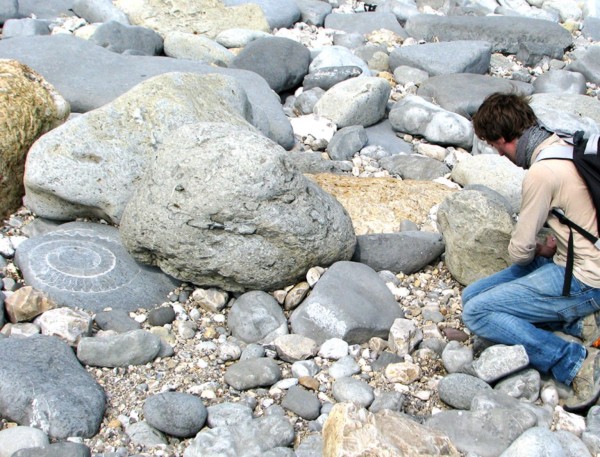Plants are apparently affected far less by mass extinctions than animals are, according to new research from the University of Gothenberg.
Despite their ubiquity in the terrestrial environments of the last 400 or so million years, plants just don’t seem to be as affected by mass extinction events as animals are, according to the new work — negative rates of diversification in plants (more species dying out than new species emerging) have apparently only very rarely been sustained for long periods of time.
It should be noted, however, that that’s not too say that entire highly distinct lineages of plants don’t occasionally go extinct, they do — it’s simply that plants appear to be able to diversify into empty ecological niches far faster than animals.
(Author’s note: It should be noted here that the current rate of extinction amongst plant species is actually really rather high, higher than is thought to have been the case during earlier mass extinctions. For further information, see: Extinction, Mass Extinctions, Extinct Species, & The Sixth Great Mass Extinction)
The new work — which has been detailed in a paper published in the journal New Phytologist — was performed by analyzing more than 20,000 plant fossils, with the aim of gaining an understanding of the effects of these tumultuous periods of time (that we refer to as mass extinction events) on plants.
“In the plant kingdom, mass extinction events can be seen as opportunities for turnover leading to renewed biodiversity,” stated lead author Daniele Silvestro. Whereas mass extinctions tend to actually diminish biodiversity in animal species — presumably because animals are far higher on the food chain, while plants can go straight to the sun for their energy.
A recent press release provides more:
Most striking were the results for the Cretaceous-Paleogene mass extinction, caused by the impact of an asteroid off the Mexican coast some 66 million years ago. This event had a great impact on the configuration of terrestrial habitats and led to the extinction of all dinosaurs except birds, but surprisingly it had only limited effects on plant diversity.
Some important plant groups, such as the gymnosperms (including pines, spruce and firs) lost a great deal of their diversity through extinction. On the other hand, flowering plants (angiosperms) did not suffer from increased extinction, and shortly after the impact they underwent a new rapid increase in their diversity. These evolutionary dynamics contributed to make flowering plants dominate today’s global diversity above all other plant groups.
“Mass extinctions are often thought as a bad thing, but they have been crucial in changing the world into how we know it today,” says senior author Alexandre Antonelli.
Well, of course, after all the downfall of one is inevitably going to lead to the rise of another — human cultures and civilizations follow a similar pattern. It’s not surprising, all things considered, that the same general patterns of ecology can be seen in the rise and fall of various plant and animal species and ecosystems, and the rise and fall of various peoples and cultures and civilizations.
Antonelli continued: “By studying such extreme events we are trying to learn which groups of organisms and features are more sensitive to changes, so that we can apply this knowledge to protect biodiversity in the face of on-going climate change and human deterioration of natural ecosystems.”
The takeaway of this work, to my eyes, is simply that the further from the source of initial resources (in the natural world mostly sunlight) that something is, and the more complex the web of dependance is, the longer it takes for something “similar” to emerge following catastrophe.
And plants certainly do keep it relatively simple — it’s not surprising to see that they respond better in some ways (as a species) to environmental difficulties than animals. Animals do have the ability to change their range faster than plants though, it should be noted.
Image Credit: University of Gothenberg
